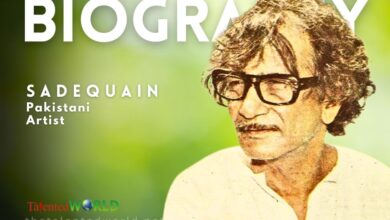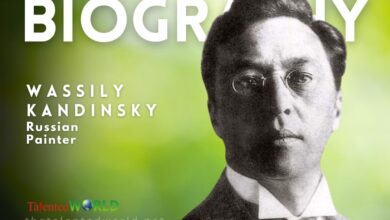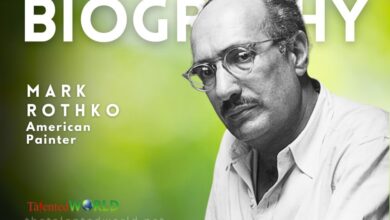| Full Name | Salvador Domingo Felipe Jacinto Dalí Domènech |
| Birthdate | 11 May 1904 |
| Place of Birth | Figueres, Catalonia, Spain |
| Date of Death | 23 January 1989 |
| Place of Death | Figueres, Catalonia, Spain |
| Resting Place | Crypt at Dalí Theatre and Museum, Figueres |
| Education | San Fernando School of Fine Arts, Madrid, Spain |
| Known for | Painting, drawing, photography, sculpture, writing, film, and jewelry |
| Notable Works | – The Persistence of Memory (1931) – Soft Construction with Boiled Beans (Premonition of Civil War) (1936) – Dream Caused by the Flight of a Bee Around a Pomegranate a Second Before Awakening (1944) – Christ of Saint John of the Cross (1951) – Galatea of the Spheres (1952) – Crucifixion (Corpus Hypercubus) (1954) – The Ecumenical Council (1960) – The Hallucinogenic Toreador (1970) |
| Artistic Movements | Cubism, Dada, Surrealism |
| Spouse | Gala Dalí (m. 1934; died 1982) |
| Major Museums | Dalí Theatre-Museum in Figueres, Spain; Salvador Dalí Museum in St. Petersburg, Florida, U.S. |





